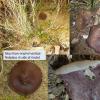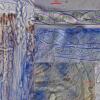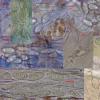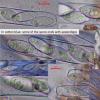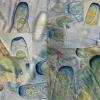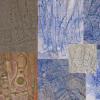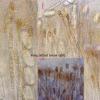
09-12-2025 12:06
 Andgelo Mombert
Andgelo Mombert
Bonjour,Je recherche l'article concernant Hypobryo

12-12-2025 18:39
Mirek GrycHello everyone.Macrofeatures similar to Mollisia b

07-12-2025 16:07
Arnold BüschlenHallo, ich habe in einer Moos-Aufsammlung (epiphy

08-12-2025 21:04
Mark Stevens"Hello everyone,I'm relatively new to microscopy (

08-12-2025 18:59
 Lothar Krieglsteiner
Lothar Krieglsteiner
.. found by a seminar-participant, I do not know t

08-12-2025 17:37
 Lothar Krieglsteiner
Lothar Krieglsteiner
20.6.25, on branch of Abies infected and thickened
vernal violaceous Pezizaceae - not Geoscypha ampelina?
Lothar Krieglsteiner,
23-04-2025 10:47
 found first by my wife, some days ago, two days later findplace revisited. Calcareous side of rivulet, in vicinity of Fraxinus (known findplace of Morchella esculenta, Verpa conica etc.).
found first by my wife, some days ago, two days later findplace revisited. Calcareous side of rivulet, in vicinity of Fraxinus (known findplace of Morchella esculenta, Verpa conica etc.).I hesitate if the type of ascus-amyloidity is WTR? I would say so.
The spores are very variable in size and content, within and also outside the ascus - I found more ellispoid spores about 16-20/9-12 and more elongate ones about 19-23/8-10 µm, the latter likely being the better ripe ones (?). Some of these spores I noted to bear appendages, I noticed this only when preparating in cotton blue/lactophenole. The spores seem to be fully smooth.
I would have tried to identify this as Geosypha ampelina, but I hesitate by some details, especially the amyloidity (should be WT in ampelina), and the vernal growth.
Who can provide me with a proposal to the species?
Yours, Lothar
Nicolas VAN VOOREN,
23-04-2025 10:53

Re : vernal violaceous Pezizaceae - not Geoscypha ampelina?
No doubt, this is G. ampelina.
The presence of apical sheath on the ascospores is typical. The type of amyloid reaction is often intermediate between WT and WTR. In your collection, this is close to WTR, but the ring is not very thick as observed in Peziza spp. s. str.
The presence of apical sheath on the ascospores is typical. The type of amyloid reaction is often intermediate between WT and WTR. In your collection, this is close to WTR, but the ring is not very thick as observed in Peziza spp. s. str.
Lothar Krieglsteiner,
23-04-2025 10:55

Geoscypha ampelina
Hello Nicolas,
thank you very much for confirmation and comments.
Yours, Lothar
thank you very much for confirmation and comments.
Yours, Lothar
